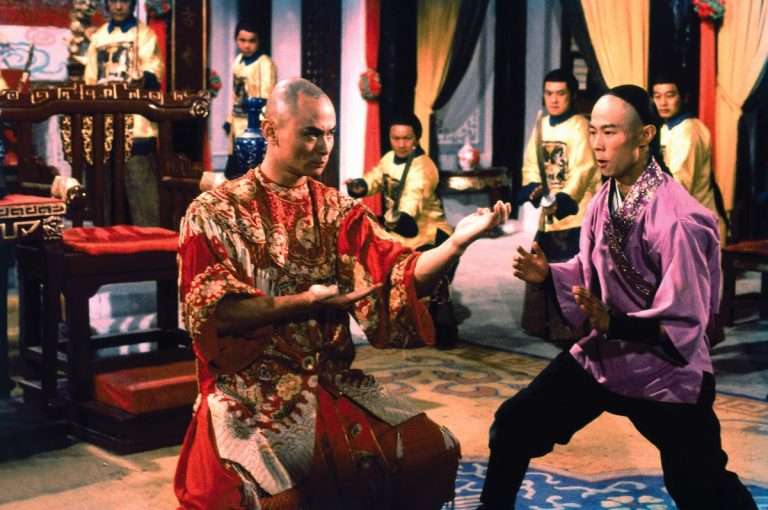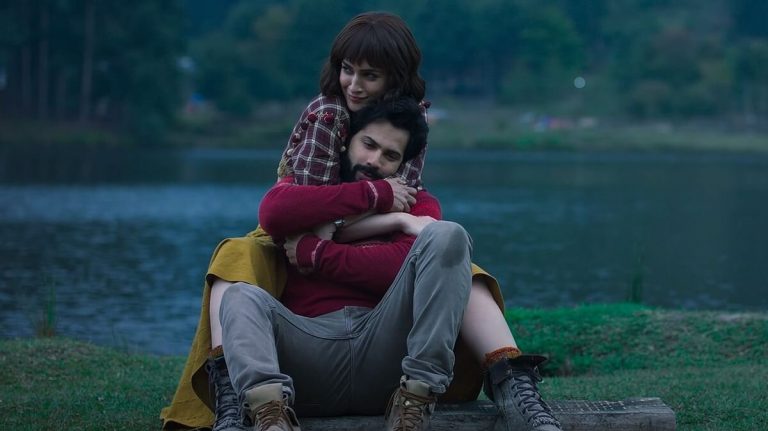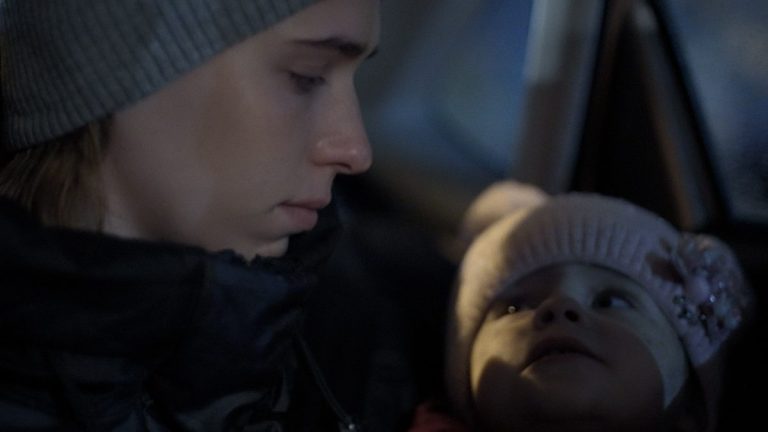The similarity of Malegaon with all small towns with respect to its lack of exhibition of movies is directly proportional to the minuscule but powerful rise of cinephiles within those small towns who feel stifled by the offerings presented in those towns. And this stiflement, coupled with the economic crunch, the search for a substrate to express one’s love for cinema complemented by one’s love for another, results in dreams of increasing impossibility being striven to be made reality.
More than a holistic whole, Reema Kagti’s adaptation of Faiza Ahmed Khan’s sincere 2012 documentary “Supermen of Malegaon”—about” a group of DIY independent filmmakers crafting parodies as an outlet of the inexplicable but burning passion to create movies and crafting an independent filmmaking industry—is dependent on expansion by developing in further moments within the realism and injecting a healthy dose of “filmi-ness.”.
The story of Superboys of Malegaon (2025) follows a familiar arc: a group finds creative success, but arrogance tears them apart. As they each undergo personal growth, fate forces them back together—this time, due to an unavoidable crisis. One friend is diagnosed with cancer, compelling the others to reunite in the face of adversity. It is also mirroring Excel Entertainment’s filmography, especially “Dil Chahta Hai” and “Rock On,” in the clash of two friends over the purity of creativity from one perspective and the prospect of commercial gratification from another.
Those mirroring are familiar but also welcome, as are the unique perspectives that are, however, familiar to any independent filmmaker trying to bring their story to fruition. The boxy, almost academy aspect ratio, resembling a flat screen, feels thematically transmitting the vastness of ambition amidst the circumstances boxing them as well as a majority of the populace who the movie is thematically representing.
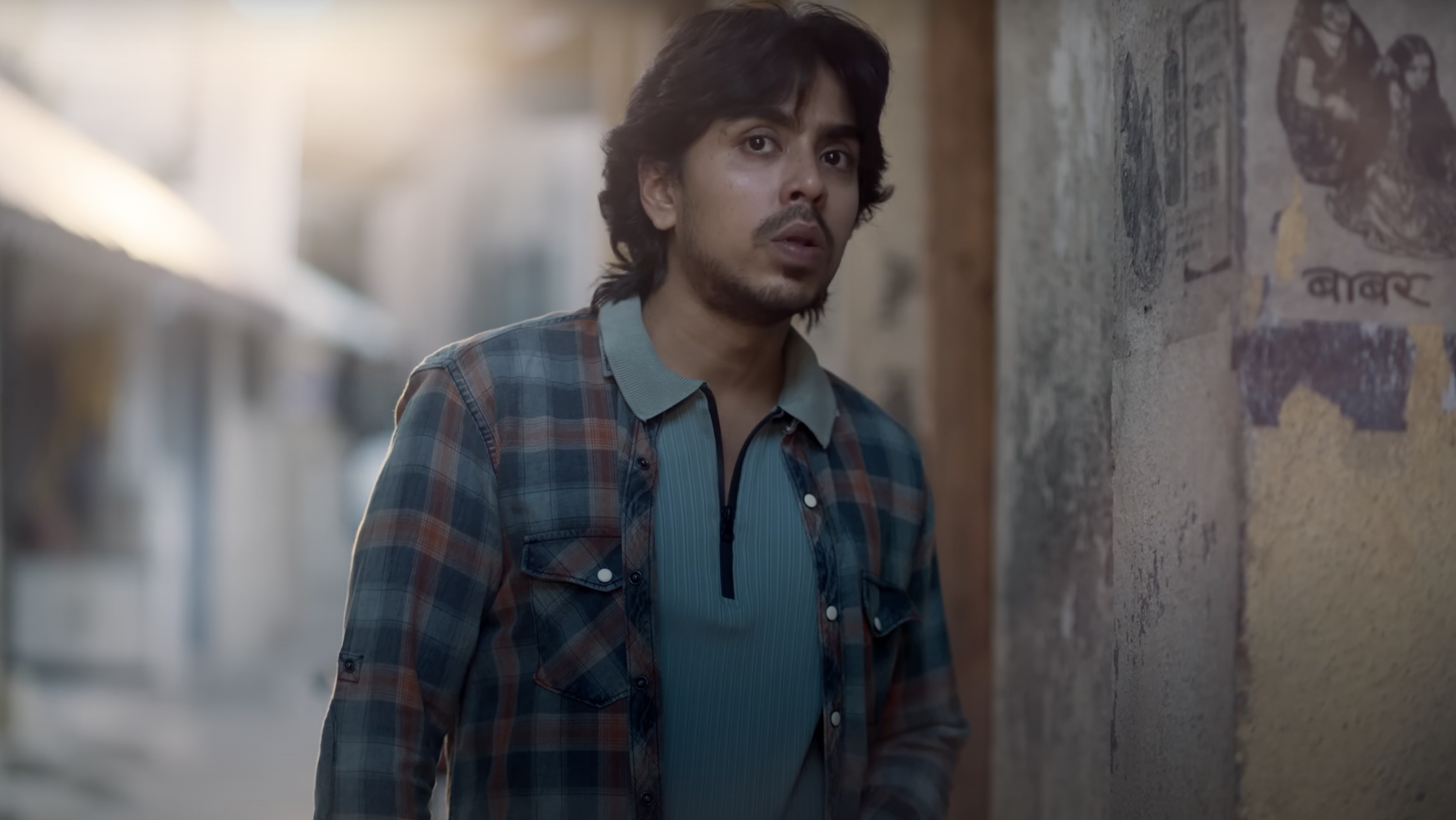
Varun Grover’s script especially feels tailored to produce universality out of that specificity—the love for Buster Keaton and Chaplin, the urge to produce comedy as the genre that would entice the viewers of the village of Malegaon to check out their parody, which also does the added incentive of representing these characters on screen, and maintaining a strong dialect that is as influenced by cinema as is the reality around them—screams honesty even in its attempt at dramatization.
The first act, covering the years of 1997-2004, whereby the team creates “Malegaon ka Sholay,” is easily the strongest section of the film because of the balancing act of introducing the characters, providing flourishes of callbacks, and detailing regarding auditions, filmmaking, and the difficulty of crafting a film. Thus when their Sholay finally succeeds, we share the gratification of the experience and also the inevitable breakdown of the friendship between Nasir and the rest of the team over unequal validation being afforded to the director and not to the actors or the writer.
Also Read: 10 Indie Indian Filmmakers who Owned 2020
It’s an indictment by Grover and the writing team about the encroachment of commerce over the purity of art, even as one acknowledges the necessary evil of that endeavor itself. But it’s the second act where the scripting falters, where the fall of the narrative, or the individual character arc of Nasir and Farogh, feels strangely disinteresting. However, those moments, as well as the film itself, are elevated by the performances of a stacked and generally capable cast of actors.
The end of the second act and the beginning of the third act lead to the film finally providing dimensionality to Shafique, capably essayed by Shashank Arora. For a character supposed to be the “heart” of the film, Shafique perhaps needed more development in the first two acts, but the third act, despite dramatic contrivances, works not just because it fills in events shown in the documentary with pertinent reasons, but also because the pitch of the dramatization never threatens to overwhelm the honesty of the narrative.
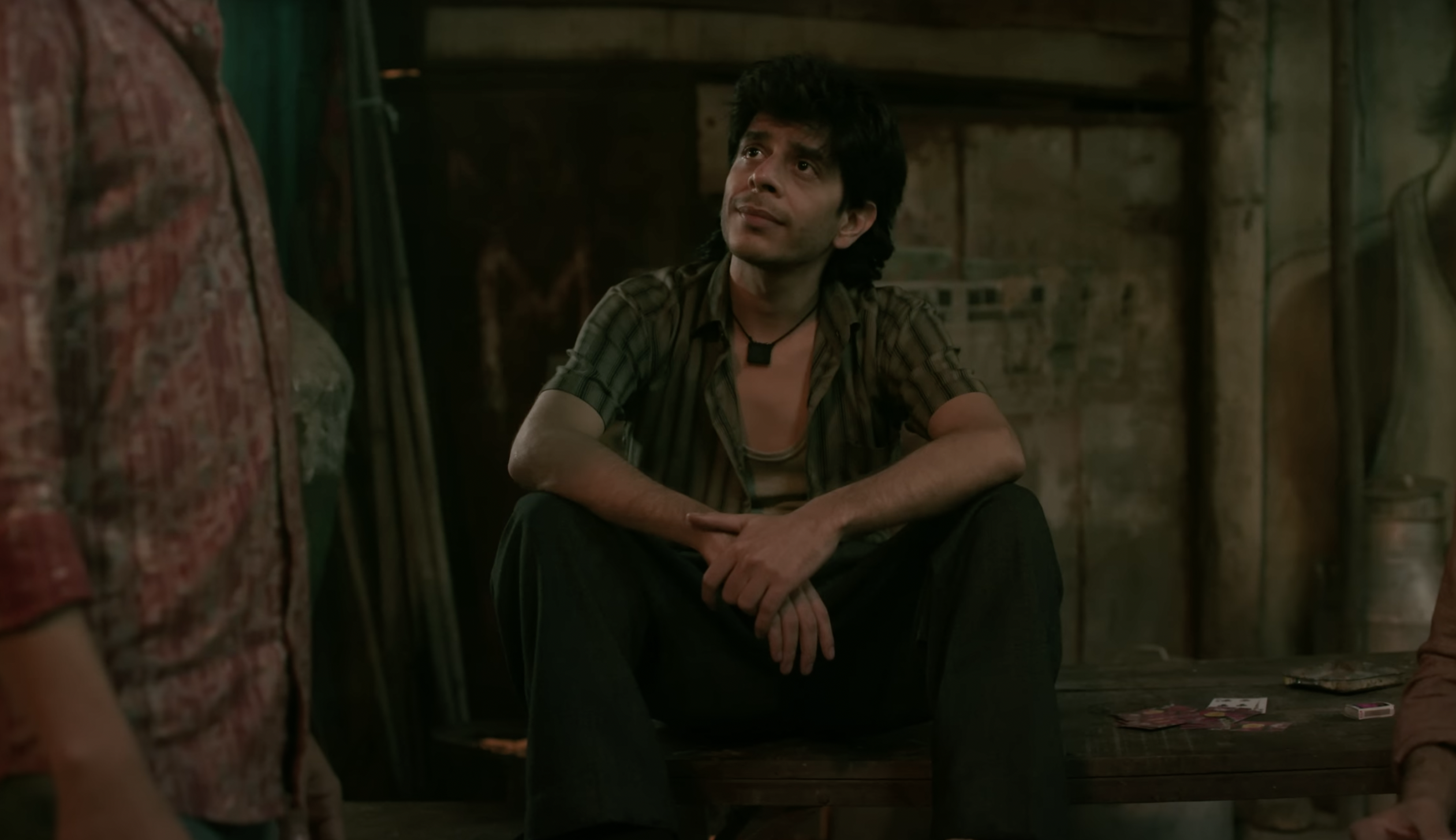
Kagti’s direction too is understated, and thus when emphasis occurs by slow-motion overlay of reaction shots or the lighting of a scene, both homaging the emotional catharsis of older classics and executing a catharsis of its own, it feels welcome. The final sequence—when Shafique finally sees himself as “Superman” in the film, the slow-motion laced back and forth of reaction shots is not just restricted to Nasir and Shafique but to the film as well as its viewers.
It’s an acknowledgment. The film might be cursorily introducing a romantic track in the narrative as a shoehorned attempt to provide emotion or to introduce the carcinoma-laced track as the easy way out to provide catharsis, even as it mirrors reality—but the meta-textual nature of the film throughout ensures the honesty of representation, the cautionary tale of not investing one’s own money in the filmmaking business, the power of the writer in the creation of art, the art of filmmaking first and foremost being a collective one in the service of a singular vision, or the alchemical power of witnessing someone resembling us on screen executing herculean, hitherto unseen acts. It’s hard to criticize a movie vociferously when it is so much in love with movies.
If one compares it to recent Bollywood releases, this is almost an extraordinary step-up, if only because it ticks all the boxes of a glossier update of a realistic documentary, without relying too heavily on the scale or preachiness of messaging and compromising the essence of the original. After all, ideas are prone to and borne out of influences, but originality entails intent and creativity working hand in hand.
An example of inadvertent homage – the photograph of the late Gene Hackman’s portrayal of Luthor as a reference of Akram’s portrayal of the antagonist in “Malegaon ka Superman” is heartbreakingly prescient, especially after the loss of the thespian.






![Marlina the Murderer in Four Acts [2017]: ‘TIFF’ Review](https://79468c92.delivery.rocketcdn.me/wp-content/uploads/2017/09/TIFF_HIGH_ON_FILMS_marlinathemurdererinfouracts_04-768x384.jpg)
![Repast [1951] Review – A Wonderfully Subtle Marital Strife Drama](https://79468c92.delivery.rocketcdn.me/wp-content/uploads/2020/11/Repast-1951-768x432.jpg)
